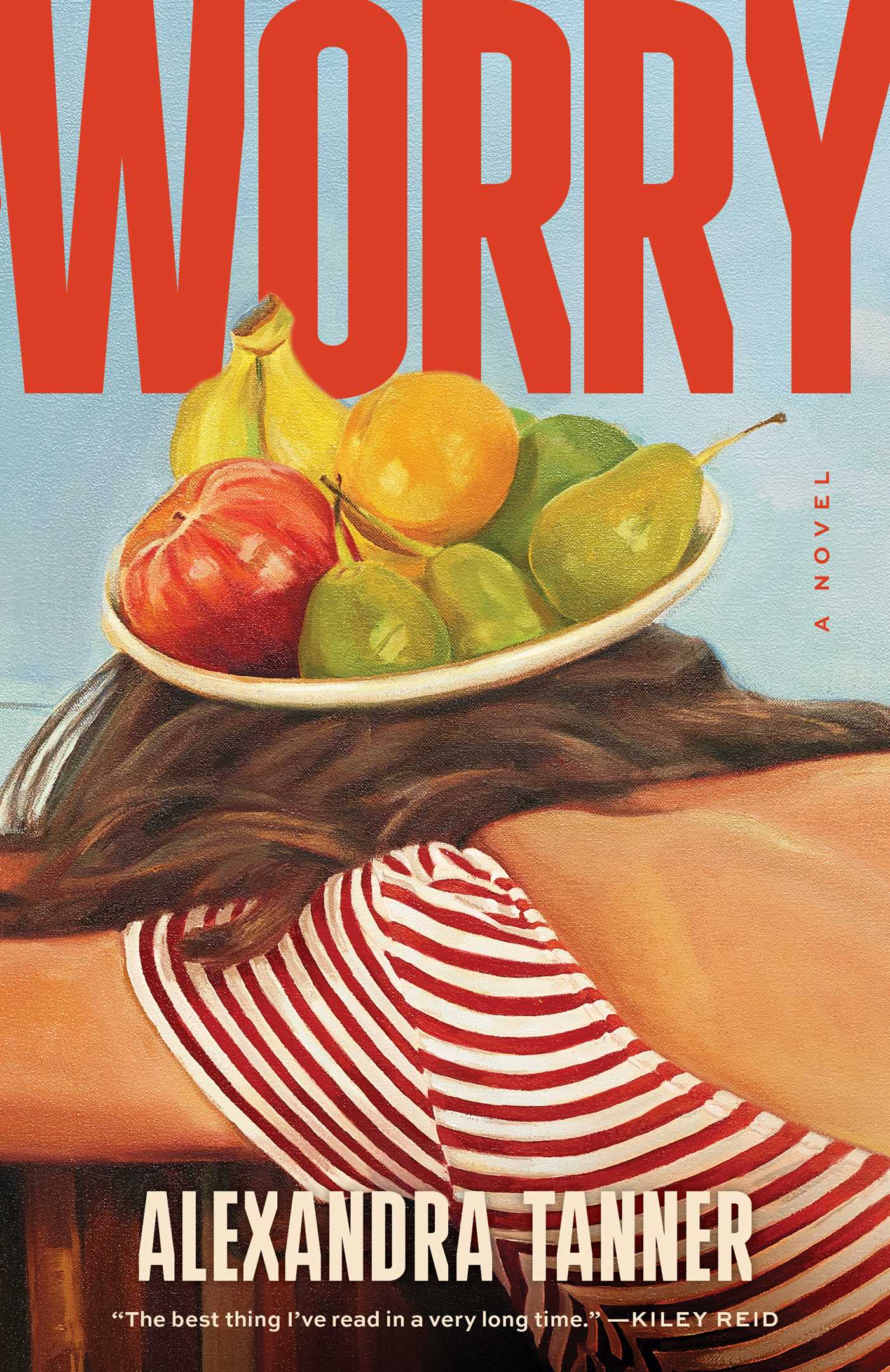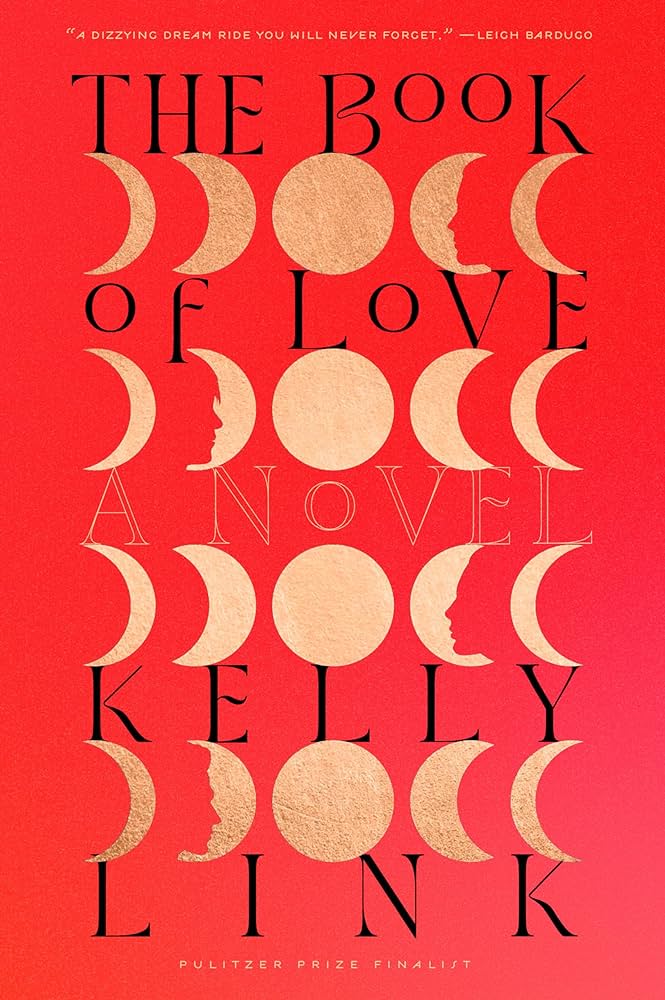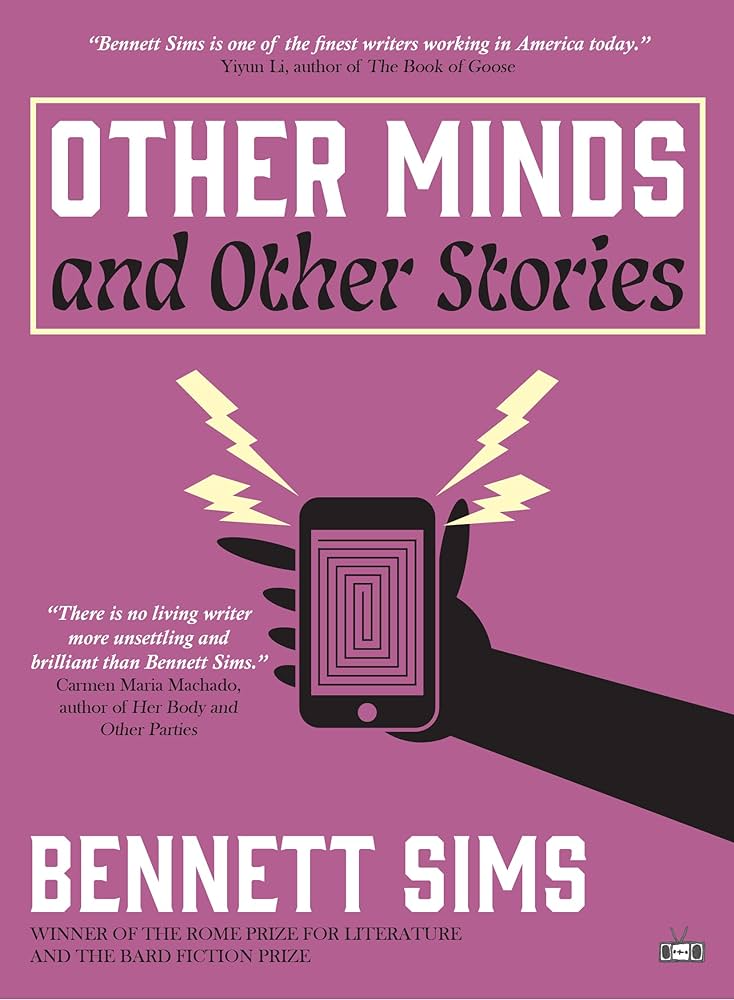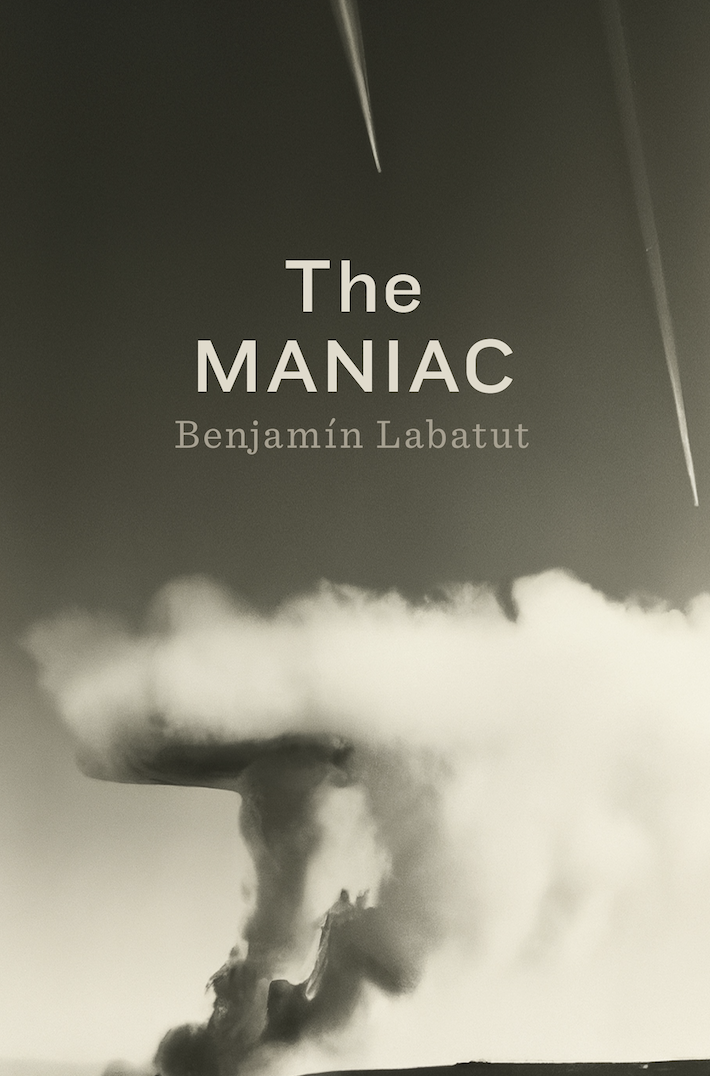
1.
Colson Whitehead’s novel John Henry Days opens with differing versions of the same story, told by witnesses and observers, all recounting John Henry’s famous battle with the steam-powered hammer. No story is the same. For men wagering on whether John Henry would defeat the machine, Whitehead writes, “[e]ach wager was a glimpse into the man who made it;” just the same, each story — the details remembered or who won the contest, for example — is a glimpse into the storyteller. The power of the folk hero, it becomes quickly evident, lies not in what actually happened; John Henry Days is not after the real story, but what it means that America keeps telling the story of the black steel-driving man.
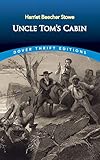
 With his new novel, Whitehead has picked another well-known story often retold: the secret transportation network of slaves before the Civil War. Frederick Douglass (who famously escaped via a literal railroad) and Harriet Jacobs both wrote popular accounts of their slavery. Slave escapes play a large part in the plot of Uncle Tom’s Cabin, published in 1852, about the same time The Underground Railroad is set. Numerous accounts of slaves and escapes were later collected and preserved by the Works Progress Administration.
With his new novel, Whitehead has picked another well-known story often retold: the secret transportation network of slaves before the Civil War. Frederick Douglass (who famously escaped via a literal railroad) and Harriet Jacobs both wrote popular accounts of their slavery. Slave escapes play a large part in the plot of Uncle Tom’s Cabin, published in 1852, about the same time The Underground Railroad is set. Numerous accounts of slaves and escapes were later collected and preserved by the Works Progress Administration.
Whitehead has said that he relied upon many of these narratives, particularly the Works Progress Administration accounts, in writing The Underground Railroad, and many actual advertisements for catching runaway slaves preface the book’s chapters. But for this story — probably Whitehead’s finest — history is a stepping-stone.
2.
The Underground Railroad’s prologue summarizes the life of Ajarry. Kidnapped from her home, she is transported across the Atlantic. Standing naked on a platform, her breasts are pinched by an agent, who acquires her for $226.00. She’s eventually sold and re-sold, from southern plantation to plantation, bondage to bondage, price rising with each transaction, “appraised and re-appraised, each day waking upon the pan of a new scale.” She births five children, one of whom, Mabel, survives into adulthood, and has a child of her own, Cora. Ajarry dies in bondage, “[a]s if it could have been anywhere else.”
The bulk of the novel then follows Cora, Ajarry’s granddaughter, a slave by birth on the Randall Plantation in Georgia, owned by the (respectively) cruel and distracted Randall Brothers. Mabel escaped the plantation when Cora was 10 or 11, only leaving her daughter a three-yard plot of okra and yams. As a result, Cora grows up bitter at having been left behind. But she also emerges as clever and conscientious, someone who “cursed herself for her smallmindedness.”
From her early days she suffers greatly, including as a victim of gang rape by her fellow slaves. When she is approached by Caesar, another slave on the plantation, to escape, she is at first reluctant (channeling her grandmother), eventually willing (channeling her mother). During their escape, they spar with and kill a white boy who tries to return them to the plantation, and are relentlessly tracked by Ridgeway, a slavecatcher who had never been able to successfully apprehend Mabel. They flee through South Carolina and beyond. Either outcome seems possible: that Cora will die a slave in the “ruthless mechanism of the world,” like Ajarry, or experience the “eddy of liberation,” like her mother.
3.
By now, if you have read anything about this novel — perhaps that it was on President Obama’s Summer Reading List, or that it has been blessed by Oprah Winfrey, or that it has become a #1 New York Times Bestseller — you know its central conceit. For Cora’s escape, the Underground Railroad is an actual underground network of trains, schedules, handcars with pumps, and tunnels that gradually lead north. Some of the stations are elaborate constructions, with comfortable waiting areas and refreshments, and some are rundown holes with boxcars. The tunnels and conductors are under a repeat threat of discovery. For something fantastic (imagine the engineering feat), not a bit of it is lacking in verisimilitude; it possesses its own history and myth, spliced with just the right amount of mystery.


 Whitehead’s brilliance is on constant display here. After five previous novels, each very different, this is the only thing we can count on. It’s hard to imagine a new novel farther from Whitehead’s last, the zombie thriller Zone One. The Underground Railroad shares some features with his debut work, The Intuitionist, and his second novel, John Henry Days; both novels confront issues of race and American history through less-than-straightforward methods — a Whitehead signature.
Whitehead’s brilliance is on constant display here. After five previous novels, each very different, this is the only thing we can count on. It’s hard to imagine a new novel farther from Whitehead’s last, the zombie thriller Zone One. The Underground Railroad shares some features with his debut work, The Intuitionist, and his second novel, John Henry Days; both novels confront issues of race and American history through less-than-straightforward methods — a Whitehead signature.
The Underground Railroad is a more frank confrontation, albeit with a dose of magical realism. As he did in John Henry Days, Whitehead has taken something emblematic of a period in American history and pulled a nifty trick: he has made it simultaneously real and ahistorical. In The Intuitionist, Whitehead freely played with elevators, which obtained the weight of metaphor but not the heft of a symbol. Every American schoolchild learns about the Underground Railroad. As Kathryn Schultz recently wrote, the story of the Underground Railroad that Americans know was “not quite wrong, but simplified; not quite a myth, but mythologized.” It assuages the national guilt; it reminds us of the noble struggle for freedom, and not the astounding moral failing that kept such an institution legal for more than a century. (In Edward P. Jones’s The Known World, slavery is often simply, and appropriately, talked of as “the law.”)
When, here, Whitehead revisits the greatest crime in American history, he thus also revisits its greatest attempt at commutation, the “mythologized” Underground Railroad, and all the compromises that made it necessary. As one character says, slavery produced “scars [that] will never fade.” America “[i]s a delusion, too, the grandest one of all,” built on “murder, theft and cruelty” — best personified by a slave boy on the Randall Plantation, who has been taught to memorize the Declaration of Independence but has no grasp of its meaning.
Toward the end of The Underground Railroad, Cora receives some advice. As she rides the railroad, she is instructed thusly: “Look outside as you speed through, and you’ll find the true face of America.” Of course, there is nothing to see from an underground track — only the dim of the subterranean world. Whitehead’s book asks: How can a country ever put such a period behind it? Putting the famous Underground Railroad conductor Harriet Tubman on the $20 bill won’t change the fact that American money was used to purchase people. “This isn’t Mississippi in the fifties, J.,” one character in John Henry Days tells the protagonist. “It’s always Mississippi in the fifties,” J. answers.
4.
Besides the underground locomotives, Whitehead has sprinkled other touches of magical realism, or anachronisms, throughout this book, including ghosts, a skyscraper in 1850s South Carolina, and the Museum of Natural Wonders, which, among its exhibits, re-creates anodyne living dioramas of the human trafficking trade. For a time, Cora, believing she has found her freedom in South Carolina, works in the museum, participating in the slave ship display. She quickly finds out that, even in her freedom, “[t]ruth was a changing display in a shop window, manipulated by hands when you weren’t looking, alluring and ever out of reach.” These purposefully absurd sections are perhaps the closest thing to Whitehead’s older work, and his jocular tone; the rest of The Underground Railroad, rather, is sober and measured. “[I]t is a serious subject that didn’t seem to warrant my usual satire and joking,” Whitehead told Vulture.
The ironies are cruel ones, taken from life: the doctors who sterilize black people in South Carolina, where Cora first emerges after her travel on the railroad, and justify the procedure to black women as “a chance for you to take control over your own destiny.” In a one-off chapter, a grave robber reflects on stealing black bodies for the medical schools, observing, based on the obviously identical anatomy between whites and blacks: “In death the negro became a human being. Only then was he the white man’s equal.”
The plotting is deft and sure-handed. But the story slows for poignant moments, like Cora’s frisson when she finally puts on a soft cotton dress in South Carolina. There, she guiltily enjoys one of the keys product that drove the entire system of bondage.
The inventiveness that characterizes elements of his plot extends to his voice in this novel. In interviews he has said it emerged complete from just writing the first section on Ajarry, and the resulting omniscient narrator’s words prove lapidary, perhaps including some of the best writing Whitehead has done. The prose, in short, is spectacular. Few books have demanded so much tabbing, so many bookmarks, and so many marginal notes — so often do crystalline turns of phrase and aphorisms materialize. Take this: “Freedom was a thing that shifted as you looked at it, the way a forest is dense with trees up close, but from outside, from the empty meadow, you see its true limits.” Or this: “In liberty or bondage, the African could not be separated from the American.”
5.
The Underground Railroad is ultimately a story about a motherless girl searching for some kind of protection and love, but often finding only exploitation. It is ruthless in its depiction of the antebellum world, but threads of hope also emerge from the bravery of many characters, and from the feat of the railroad itself: “The up-top world must be so ordinary compared to the miracle beneath,” the book goes.
As for Cora, as for America, the scars of slavery won’t fade:
Once Mabel ran, Cora thought of her as little as possible…[S]he realized she banished her mother not from sadness, but rage. She hated her. Having tasted freedom’s bounty, it was incomprehensible to Cora that Mabel had abandoned her to that hell.
Even if she finds her way out of hell, it’s clear that freedom doesn’t mean heaven. “The Declaration [of Independence] is like a map,” one character tells Cora. “You trust that it’s right, but you only know by going out and testing it yourself.”


